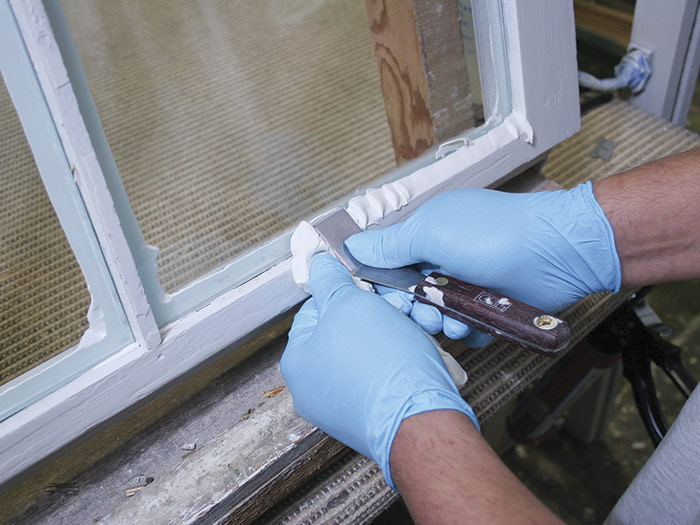Don't Buy Into These “Trends” About Storefront Glazing
Storefront Glazing: Enhancing Aesthetics and Functionality
Storefront glazing is an important element of commercial architecture, playing an essential role in how businesses present themselves to the general public. It combines both form and function, providing aesthetic appeal while also making sure energy performance and exposure. This article checks out the different types of storefront glazing, their advantages, considerations, and best practices for installation.
Understanding Storefront Glazing
Storefront glazing refers to the glass parts of a building's facade, particularly in commercial settings. It encompasses windows, glass doors, and sometimes glass walls that comprise the entryway or display locations of retail and other public-facing organizations. Window Reglazing of glazing products can significantly affect not just the appearance of a storefront however also its general performance.
Kinds Of Storefront Glazing
Single Glazing:
- Consists of one layer of glass.
- Generally less energy-efficient.
- Typically utilized in older structures.
Double Glazing:
- Features 2 layers of glass with an insulating space in between.
- Uses much better thermal insulation and soundproofing.
- Typically used in contemporary stores.
Triple Glazing:
- Incorporates three layers of glass.
- Supplies optimum insulation and energy efficiency.
- Best fit for extremely cold climates.
Low-E Glass:
- Coated with an unique movie that reflects UV rays and minimizes heat loss.
- Helps preserve comfy indoor temperature levels.
- Perfect for energy-conscious businesses.
Tempered Glass:
- Heat-treated to be more powerful than standard glass.
- Shatters into little, more secure pieces when broken.
- Typically used in high-traffic locations for added security.
Laminated Glass:
- Composed of 2 or more layers of glass bonded by an interlayer.
- Supplies sound insulation and boosted security.
- Can be useful in areas susceptible to vandalism.
Benefits of Storefront Glazing
Storefront glazing offers many benefits to services and structure owners, consisting of:
Aesthetic Appeal: A well-designed storefront improves the visual appeal of a company, attracting consumers and improving brand image.
Natural Light: High-quality glazing can make the most of natural light, developing a pleasant environment inside the shop.
Energy Efficiency: Advanced glazing materials can significantly decrease energy usage, causing cost savings on heating and cooling.
Safety and Security: Using strong and laminated glass can assist safeguard versus break-ins and mishaps.
Marketing Opportunities: Glazed shops offer exceptional presence for items and promotions, enhancing marketing efforts.
Advantage
Description
Aesthetic Appeal
Enhances visual attractiveness of an organization.
Natural Light
Makes the most of daytime within interiors.
Energy Efficiency
Lowers energy costs through improved insulation.
Safety and Security
Protects versus intrusions and accidents.
Marketing Opportunities
Boosts item visibility and draws clients in.
Considerations for Choosing Storefront Glazing
When selecting the suitable glazing for a storefront, several aspects need to be considered:
Location: The geographical location and climate dictate the type of glazing required for ideal efficiency.
Building Design: The architectural design and products used in the structure may affect the option of glazing.
Regulatory Standards: Local building codes might have particular requirements relating to safety and energy effectiveness.
Spending plan: High-performance glazing alternatives can be more pricey, however typically result in long-lasting savings.
Performance: Consider the primary function of the storefront: Is it generally for screen or does it likewise need to supply privacy and security?
Best Practices for Installation
Appropriate installation is essential to maximizing the efficiency and durability of storefront glazing. Here are some best practices:
Hire Experienced Professionals: Always deal with certified glazing contractors who understand the nuances of commercial setups.
Ensure Proper Sealing: Well-sealed joints avoid air and water leaks, enhancing energy efficiency.
Usage Quality Materials: Opt for premium glass and framing materials that stand up to ecological factors.
Routine Maintenance: Implement an upkeep schedule to tidy and check the glazing, ensuring its durability and performance.
Often Asked Questions (FAQs)
Q1: What is the difference between double and triple glazing?
A1: Double glazing includes two layers of glass, while triple glazing includes three layers. Triple glazing provides much better thermal insulation, making it more energy-efficient.
Q2: How does low-E glass work?
A2: Low-E glass has a special finishing that reflects heat and obstructs UV rays, helping to control indoor temperatures and safeguard furnishings from sun damage.
Q3: Is tempered glass needed for all shops?
A3: While not mandatory for all storefronts, tempered glass is recommended for locations where safety is important, such as entranceways or high-traffic areas.
Q4: Can storefront glazing effect my energy expenses?
A4: Yes, the ideal glazing can significantly reduce heating and cooling expenses through much better insulation and energy efficiency.
Q5: How often should storefront glazing be maintained?
A5: Regular upkeep must be set up a minimum of when a year, but cleansing and assessments ought to be conducted more frequently in high-traffic areas.
Storefront glazing is an important function of modern-day commercial architecture that combines aesthetic appeal and practical functionality. By understanding the types of glazing available, their benefits, and crucial considerations for selection and installation, organizations can make educated choices that enhance their exposure, security, and general efficiency. In an industry driven by first impressions, a well-designed storefront can make all the difference in bring in consumers and standing apart in a competitive market.
